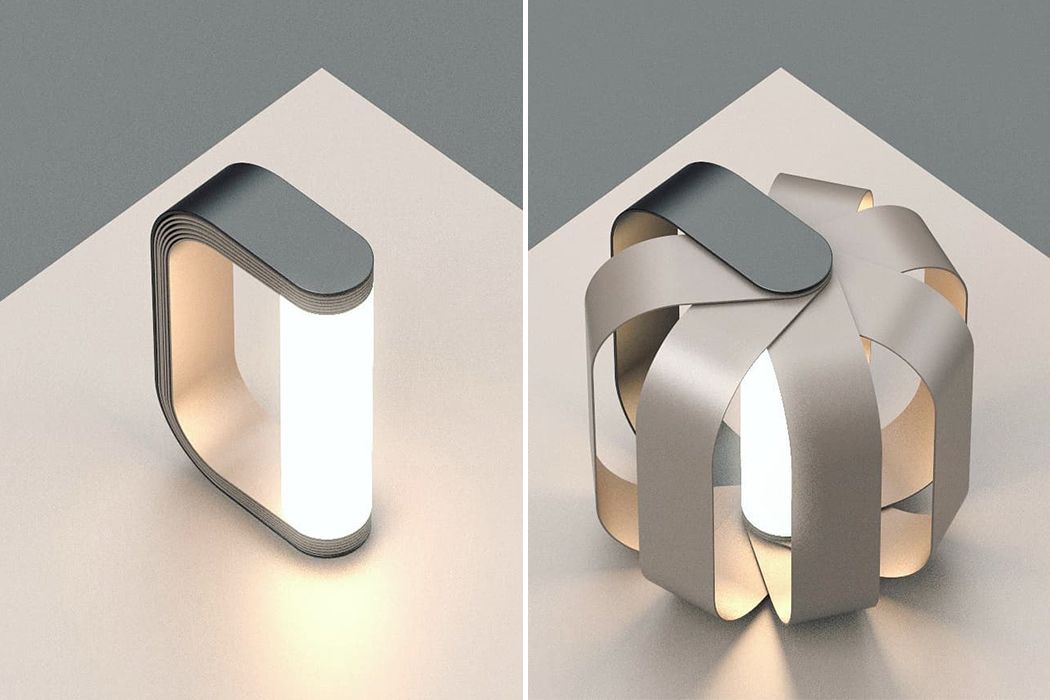
Lamp designing is a specialized creative field that involves the creation of innovative and aesthetically pleasing lighting fixtures. Designers in this field must have a keen eye for aesthetics, as well as knowledge of various materials, techniques, and technologies involved in lighting design. Lamp designers often collaborate with manufacturers and engineers to bring their designs to life, considering factors such as function, form, and energy efficiency. They may work on a range of projects, from residential lighting fixtures to large-scale commercial installations. In addition to creating visually stunning designs, lamp designers also need to consider the practical aspects of their creations, ensuring that they are safe, durable, and meet industry standards. Overall, lamp designing is a challenging yet rewarding profession that combines artistic creativity with technical expertise.
Lamp designing is a creative and intricate process that involves a combination of technical skill and artistic vision. Designers must carefully consider factors such as functionality, aesthetics, and energy efficiency when creating new lamp designs. By focusing on these aspects, they can produce lamps that not only illuminate a space but also enhance its overall look and feel.
One important aspect of lamp designing is the material selection. Designers must choose materials that are durable, aesthetically pleasing, and suitable for the intended use of the lamp. Whether they opt for glass, metal, or wood, each material brings its own unique qualities to the design. For example, glass can create a sleek and modern look, while wood can give a lamp a more rustic and natural feel. By carefully selecting materials, designers can create lamps that are not only functional but also visually appealing.
Another key consideration in lamp designing is the use of innovative technology. LED lighting, for example, has revolutionized the way lamps are designed and used. LED bulbs are energy-efficient, long-lasting, and come in a variety of colors and brightness levels. Designers can use LED technology to create lamps that are not only environmentally friendly but also versatile and customizable. By incorporating cutting-edge technology into their designs, designers can stay ahead of the curve and create lamps that are both functional and stylish.
Overall, lamp designing is a complex and rewarding process that requires a deep understanding of both form and function. Designers must carefully consider factors such as material selection, technology integration, and aesthetics to create lamps that are not only visually stunning but also practical and efficient. By paying attention to these key aspects, designers can create lamps that enhance any space and showcase their skill and creativity.
 Decoration Ideas
Decoration Ideas










